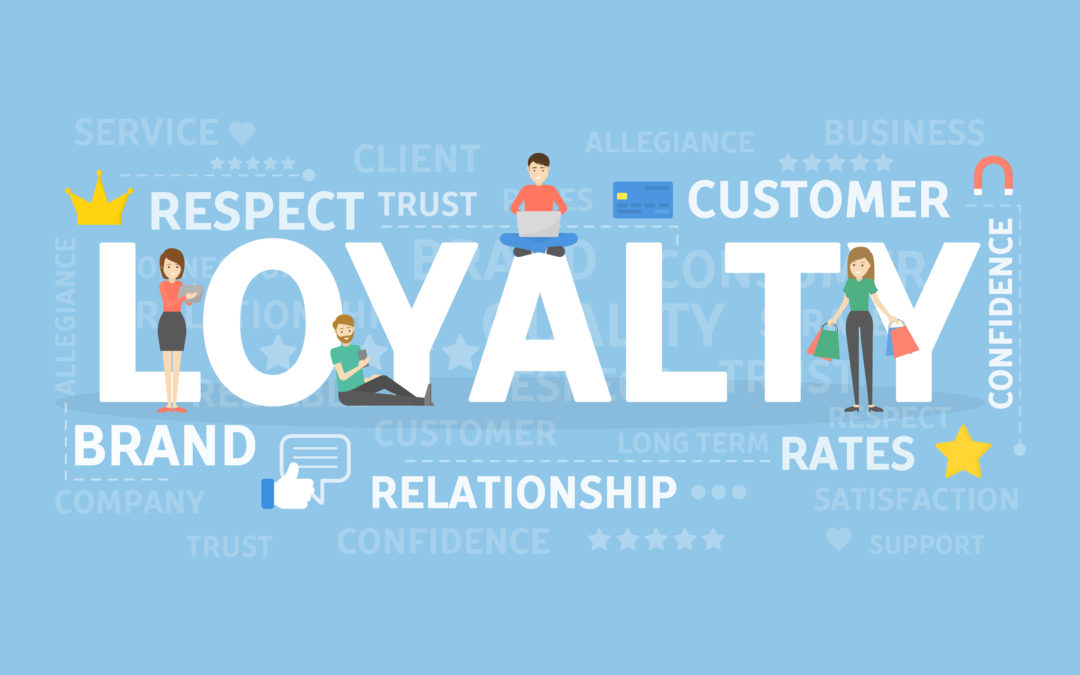- Design industry shaping loyalty programs
- Integrate easily and go live quicker
- Deliver hyper-personalized consumer experiences
Blue Rewards from Al Futtaim Group Shares Loyalty Success Stories and Evolution. Watch Podcast >
Capillary Announces 2nd Annual Captivate 2025 Summit: Transforming Loyalty Management with New AI Tech Read more >

In the previous post of our Think Again Series we covered the importance of having a well thought out customer engagement strategy. In our final installment of the series, we’ll be covering what technological factors can determine CRM program success.
Having a huge team doesn’t always mean you’re going to get the best results. More so with your CRM. With your customers demanding a more personalized interaction than ever before, it is impossible to deliver seamless, consistent experience with siloed teams and platforms.
And that is why the last part of our Think Again Series talks about, what areas of CRM determines its success, deals with technological integration in your organization.
To skip the fancy introductions and get on with it, here are three attributes that give you a clear picture on how integrated your platforms are and if they are giving you the expected results.
Data Capture
It’ll be too silly of me to think you still capture your data manually across all channels (please don’t tell me otherwise!). So skipping this, let’s talk about the different systems you have created to capture the data form your all your stores – online and offline. Do these systems talk to each other at some point? Does your team work on connecting data and customers across channels after the initial data capture?
If your answer is yes to any of these, then your CRM technology maturity is nowhere close to where it should be.
In today’s omnichannel world, your data capture and storage should also be omnicahnnel. This means having completely integrated systems across channels that recognizes a single customer across these channels, and stores data in a single repository. The more nodes you create for capture and storage of data, the worse your customer experience is going to be. So revisit your data capture systems and processes, and become omnichannel in the true sense.
Campaign Execution
Gone are the days when your campaign execution required additional steps of downloading the data and then uploading them into the campaign software.
In today’s realtime world, you cannot depend on separate platforms if you want to recognize trends and act on it immediately. Campaign platforms should sit on a single data warehouse where your data capture systems are constantly feeding it data and your campaign tool is interacting with the customers on the basis of new data points, dynamically.
Omnichannel CRM
It all boils down to this – if you need to deliver an omnichannel CRM externally, then all your platforms, and processes should also be omnichannel internally.
Standalone, non-connected systems and technological platform will leave gaps in your entire CRM strategy that will prove to be too expensive in more than one ways for your CRM journey. Concentrate on pulling all your systems together and tightening the loop holes. If this needs additional investments, I would say it’ll be worth every penny you spend! Remember, a completely integrated CRM suite reduces duplication across platforms and increases efficiency.
With that we conclude our Think Again Series on how to get your CRM program to deliver results you never thought possible. Do share your thoughts on what criteria you think decides the success or failure of a CRM program. We are all ears!!

November 3, 2018 | 4 Min Read
Brand Loyalty as a product presents unique opportunities whi

March 14, 2018 | 4 Min Read
In the previous post of our Think Again Series we covered th

March 14, 2018 | 4 Min Read
In the previous post of our Think Again Series we covered th